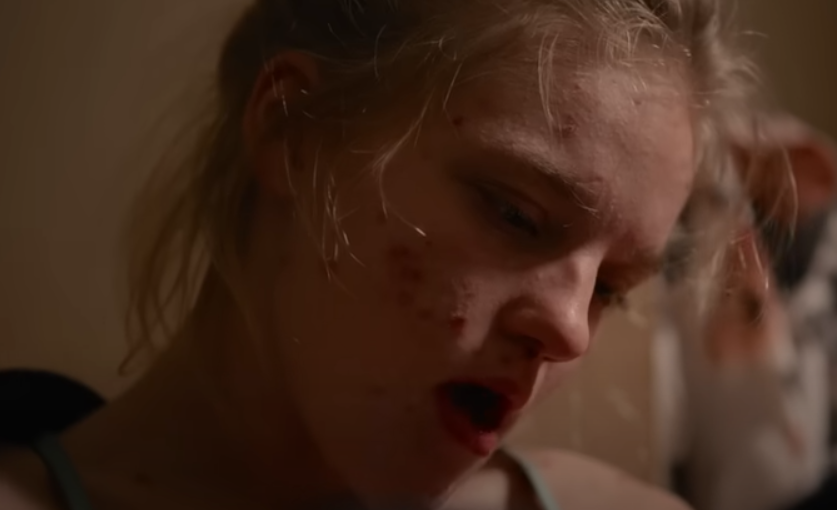Introduction
In 2021, over 100,000 Americans died from drug overdoses, making it the deadliest year on record. The latest phase of the overdose crisis is being fueled by synthetic substances, often combined with fentanyl to create street drugs that are even more potent and addictive.
One of the most dangerous of these combinations is “benzo dope” —a mix of fentanyl and benzodiazepines, a class of sedatives that slow brain activity. This blend significantly increases the risk of overdose and seizures. Alarmingly, naloxone, the life-saving drug used to reverse fentanyl overdoses, is ineffective against benzo dope. In fact, using pure fentanyl alone is considered less hazardous. These mixtures are often made illicitly with ingredients that can be found in household kitchens, making them difficult to track or regulate.
Another rising threat is “tranq” —a combination of fentanyl and xylazine, a veterinary tranquilizer not approved for human use. Xylazine prolongs fentanyl’s high but severely disrupts the central nervous system, leading to memory loss, dangerously low heart rate and blood pressure, and flesh wounds that don’t heal, often resulting in amputations.
What makes this trend even more alarming is the ease with which these synthetic drug components can be purchased online—just a search away. Since the U.S. banned the import of pure fentanyl from China, the production and circulation of these homemade synthetics have surged, and that trend is expected to continue. Meanwhile, the lack of accessible recovery programs makes it even harder for users to escape addiction.
These new drug cocktails are so powerful that users often don’t even remember getting high—they either wake up hours later or overdose. With these chemical-laced versions of fentanyl saturating the market, using drugs has become a gamble with life-threatening consequences. Ironically, in this deadly environment, some dealers now consider selling only uncut or pure fentanyl the “ethical” option.
Beyond Fentanyl explores this unsettling landscape by examining the spread of benzo dope and tranq, their devastating effects on North American communities, and how U.S. drug policy has contributed to this surge in synthetic street drugs.
Quotes from Benzo Dope & Tranq: The Next Wave of the Overdose Crisis
“For the last decade, both Canada and the U.S. have been ravaged by an overdose crisis largely fueld by the synthetic opioid fentanyl. The pandamic made it worse by disrupting the drug supply and cutting people off from harm reduction services but the crisis is now reaching another turning point. Chemicals made in labs are infiltrating the drug supply and being combined with fentanyl to make something more dangerous, and nowhere is this more evident than in British Columbia.”
“To make the fentanyl’s effects last longer, other suppliers have been cutting it with ultra potent chemicals. One, called Etizolam, is from a family of sedatives called Benzodiazepines. This cocktail is being sold as benzo dope, a drug that’s deadlier and more addictive than the sum of its parts.”
“I don’t know if any of my three kids have died in the last 20 minutes, that’s reality. I know they have not died 24 hours ago because the police have not told me to identify a body, but that thought goes through my mind every day for all three of my kids.”
“Data exclusively shared with Vice News shows powerful substances showing up in the U.S. illegal supply. A new stimulant that can kill you is being sold as Molly and Ecstasy in nine U.S. states (Dimethylpentylone). A synthetic cannabinoid that can put you in a coma or kill you has been found in 13 states (MDMB-4en-PINACA). A synthetic opioid 20 times stronger than fentanly is being sold as dope in 20 states (N-Pyrrolidino Etonitazene).”
“A lot of my trauma and pain could have been prevented if I didn’t make the choices that I made and I just want to share my story and stuff to prevent a lot of other girls from either going through that or girls who have experienced it so they know they’re not alone.”
CARRIE – 16 YEARS OLD

“Early on the opioid crisis was linked to prescription opioid tablets that then evolved into the heroin period. That heroin period then evolved into what was considered the third wave or the fentanyl wave [PDF]. I think it’s very clear now that we’ve entered this poly drug wave, when you have fentanyl being mixed with other stimulants or benzodiazepines or other drugs.”
“Xylazine is a tranquilizer most commonly used on horses but it’s now being used to make the effects of fentanyl last longer. Like benzos, it knocks out users for hours at a time and doesn’t respond to Naloxone, which makes identifying it in the supply all the more important.”
“Fentanyl cut with Xylazine is called tranq or tranq dope. Its impact in Philadelphia is most evident in Kensington. The neighborhood’s commonly called an Open-Air Drug Market because people buy sell and use drugs like tranq right on the street.”
“Five years ago, Sarah Laurel founded Savage Sisters, an organization that runs sober living homes, needle exchanges, and Naloxone trainnig.”
“One reason synthetic drugs are taking up so much space in the drug supply here might surprise you – U.S. foreign policy. From 2014 to 2019, much of North America’s fentanyl supply came from one place. But in 2019, China, under pressure from the Trump Administration, banned fentanyl. Seizures of fentanyl in the U.S. supply dropped that year, only it didn’t last long. Companies in China pivoted from selling fentanyl to marketing substances that mimic its effects, as well as the compounds that make it up. Those compounds were bought by Mexican cartels who are now manufacturing fentanyl and trafficking it back into the U.S.”
Continue Learning
Please review the additional resources below to find more information on the some of the topics discussed in this resource. If you have any suggestions, comments, or concerns please do not hestitate to contact me!
